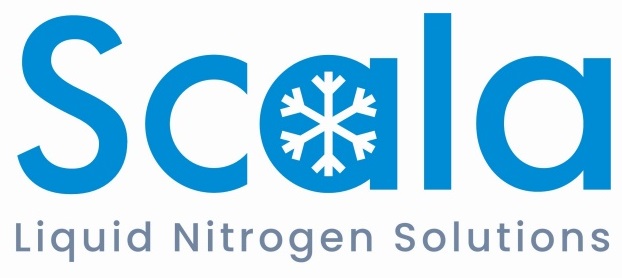剑桥大学哈默顿医院成为英国第一家购买液氮发生器的单位
Homerton hospital becomes first in country to buy liquid nitrogen generator
桥大学哈默顿医院成为英国第一家购买液氮发生器的单位
Homerton University Hospital in Homerton Row, Homerton, has installed a liquid nitrogen(LN) generator, which can produce 40 litres of the gas that becomes fluid at very lowtemperatures, every day.
The LN is used to freeze and store sperm, eggs and embryos for more than 50 years in itsfertility centre.Up until now, like other hospitals around the country, Homerton bought liquid nitrogen on aweekly basis from industry providers like BOC,
before buying the generator.Dr Srikantharajah Arasaratnam, consultant embryologist and laboratory director, said:“Homerton fertility centre treats about 1,000 people from across London each year.

‘Exciting’“It uses liquid nitrogen to freeze sperm, eggs and embryos and to store them in storageDewars for long periods – 55 years in some cases.
“The centre uses about 120 to 150 litres of LN every week and until recently the weeklydelivery costs were more than £200.
“This is really exciting. In the long-run this will save money and potentially reduce the costof treatment and storage.
“Our costs were going up because of the new pathology department as our storage units weremoved to a different location, which was less easy for the tankers to deliver to. The new LNgenerator will save money to the fertility centre and to the hospital in the long term and thereis a possibility that the other departments, which use LN in the hospital, could benefit fromthis as well.”
Explaining the process, Dr Arasaratnam said: “The temperature of liquid nitrogen is -196C.
“It’s like what we do with food.
If you keep it in the freezer, it does not spoil.“Likewise, embryos and gametes [sperm and eggs]need to be frozen below -80C. At -196C,they will not get damaged.”
LN generators are a tried and tested system in Europe, however only a few centres in the UKhave successfully trialled them.
The production of LN involves separating the nitrogen gas, which is present in theatmosphere, from the air and cooling it to -196ºC, at which temperature it becomes liquid.


